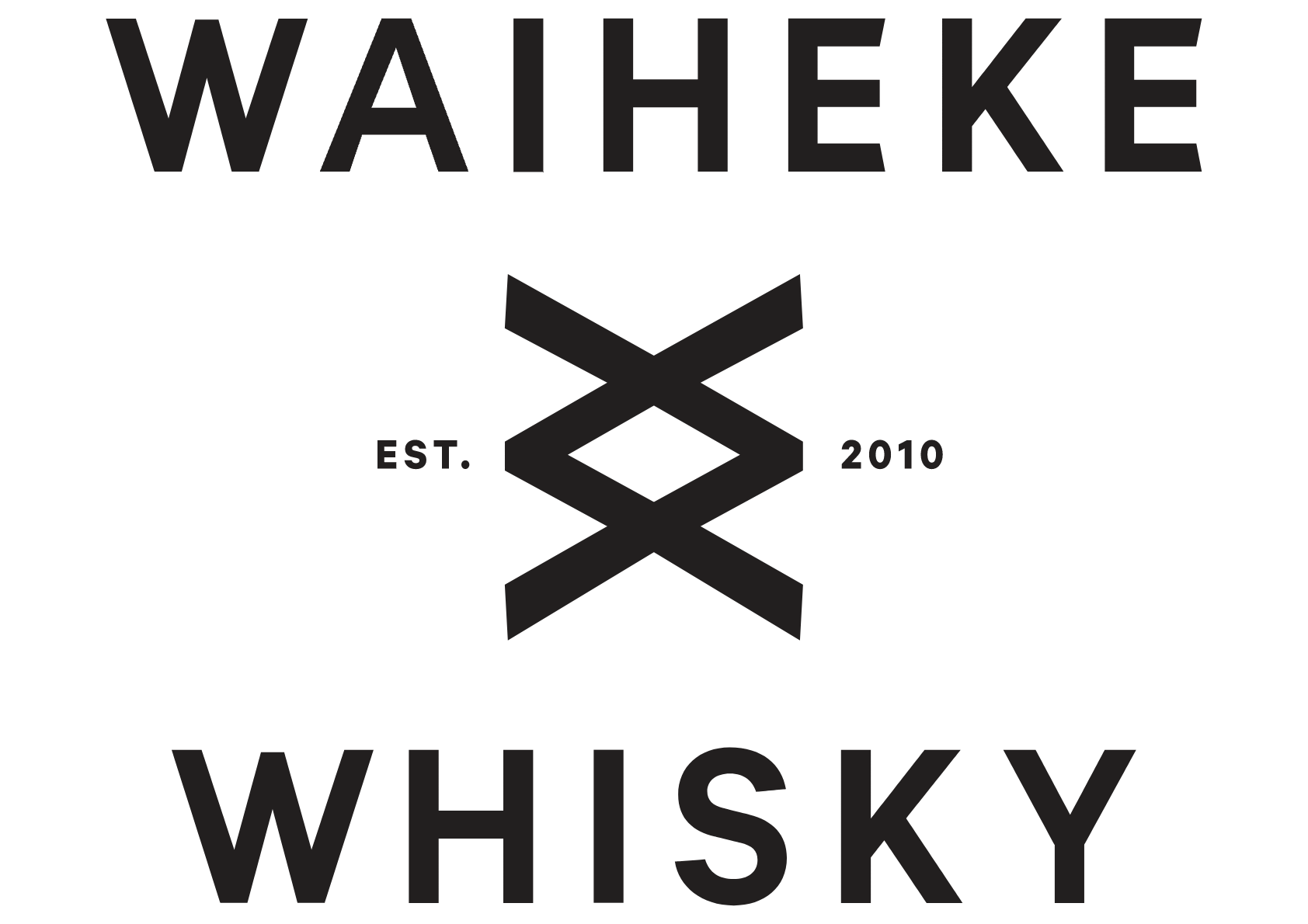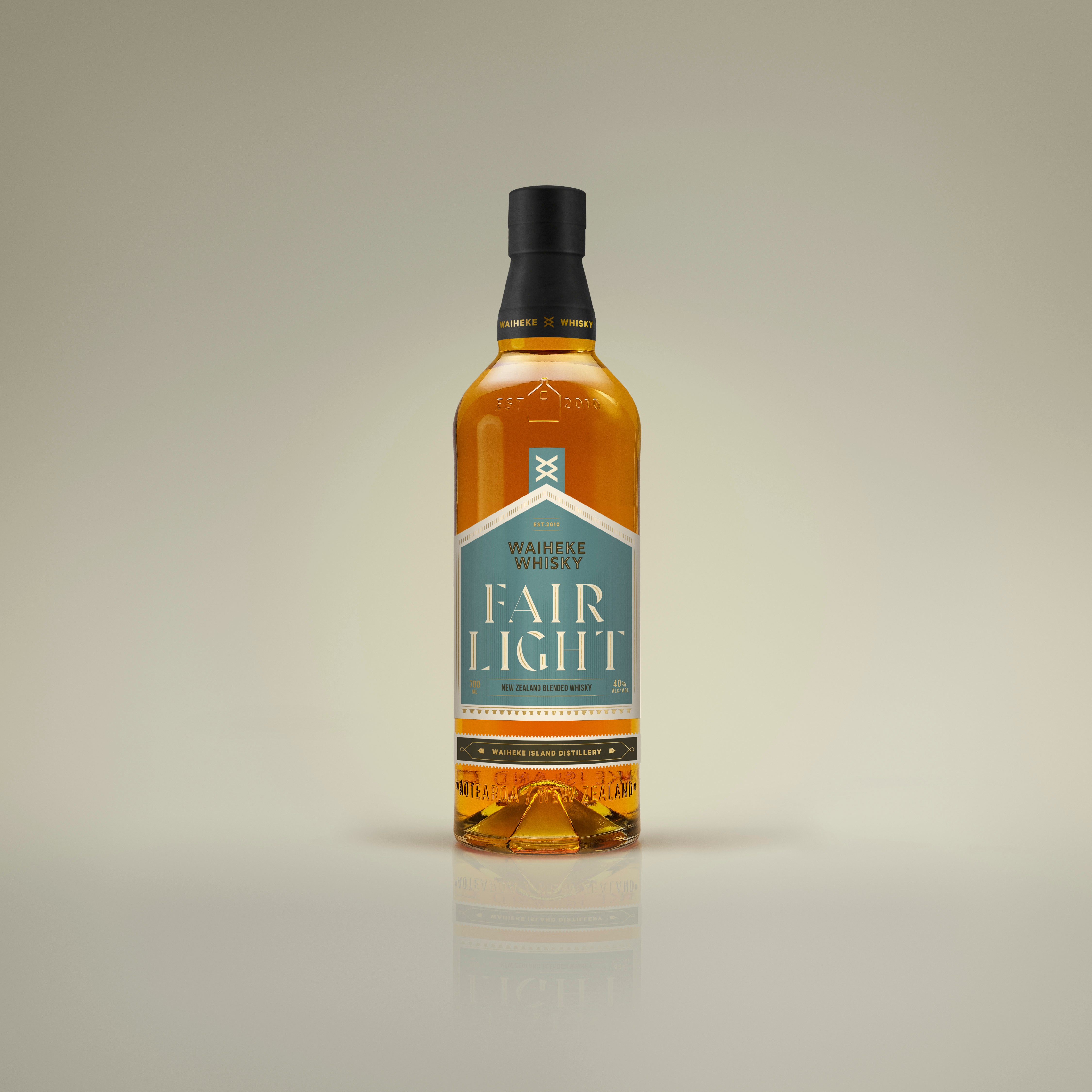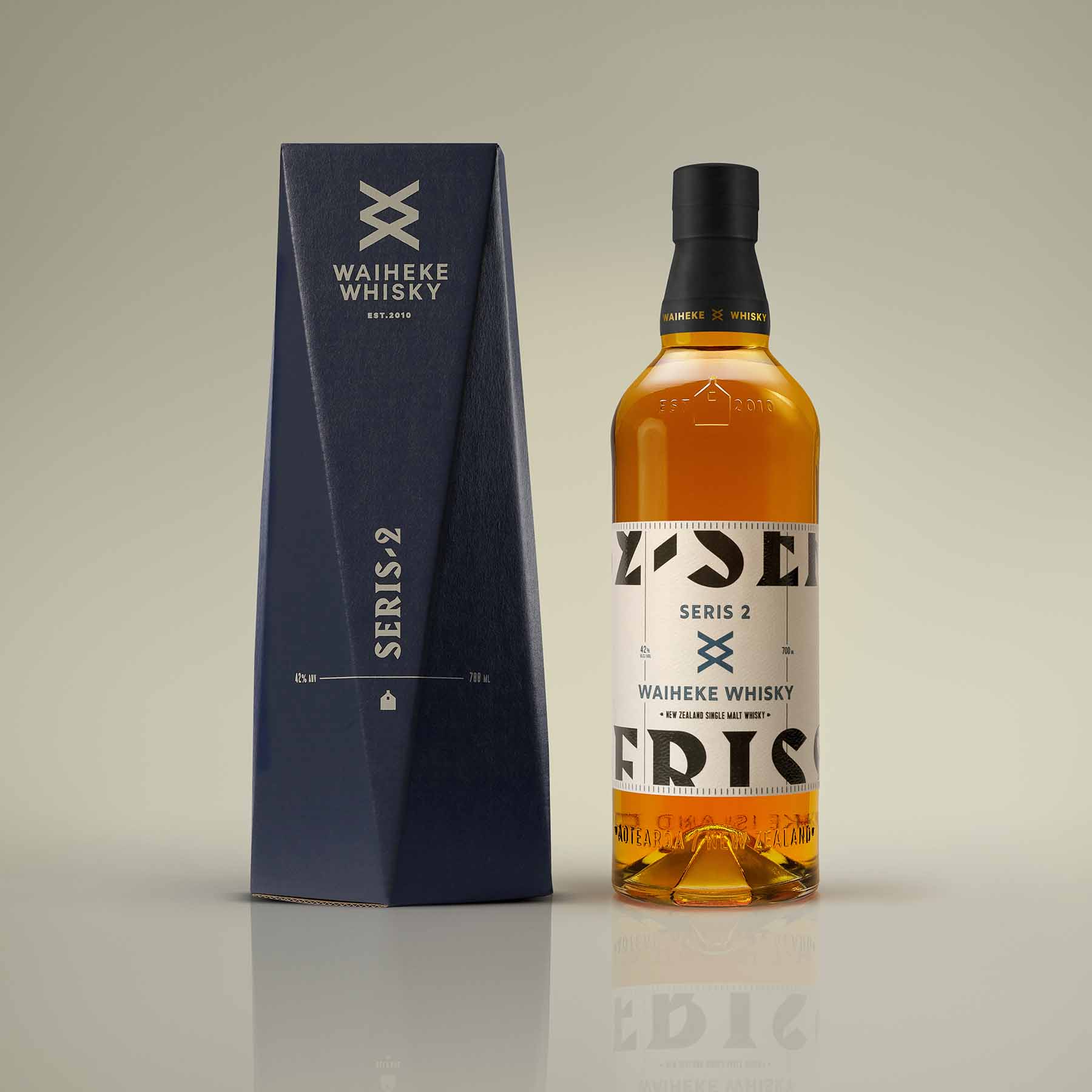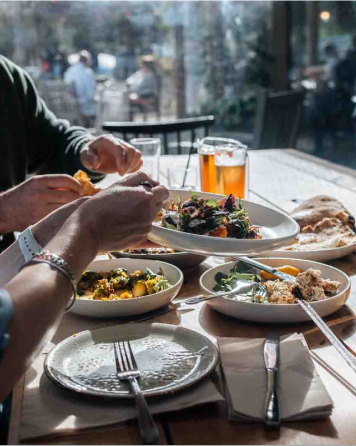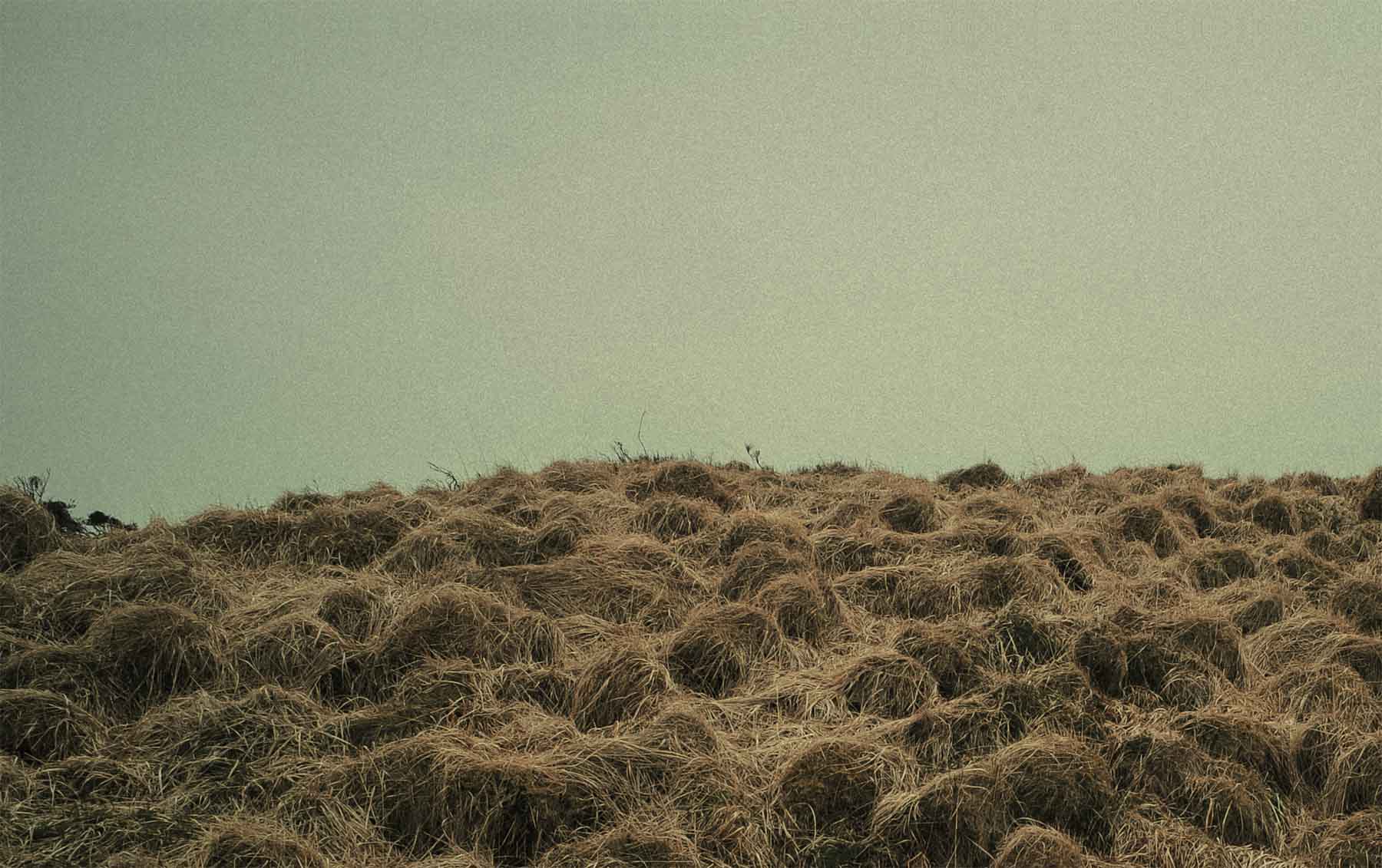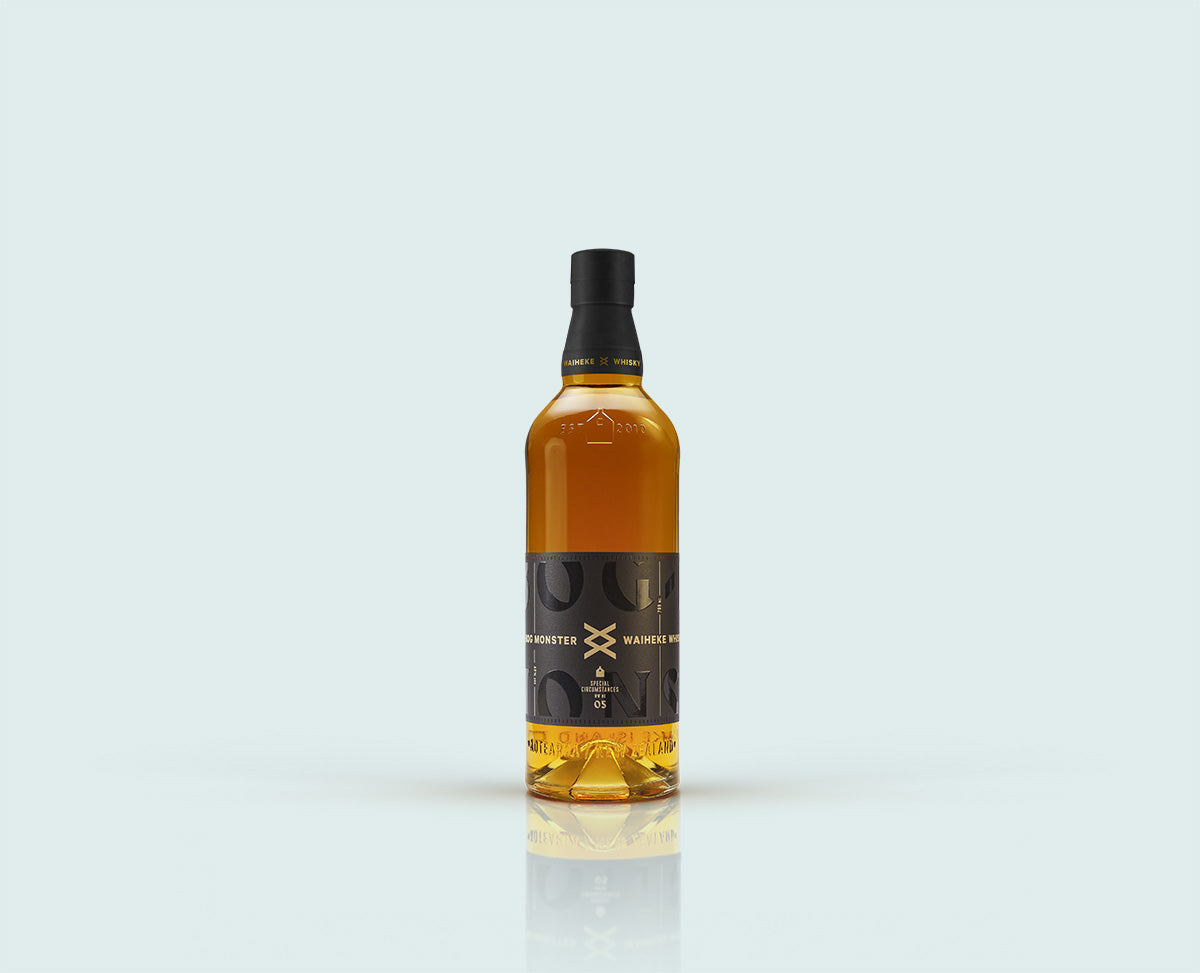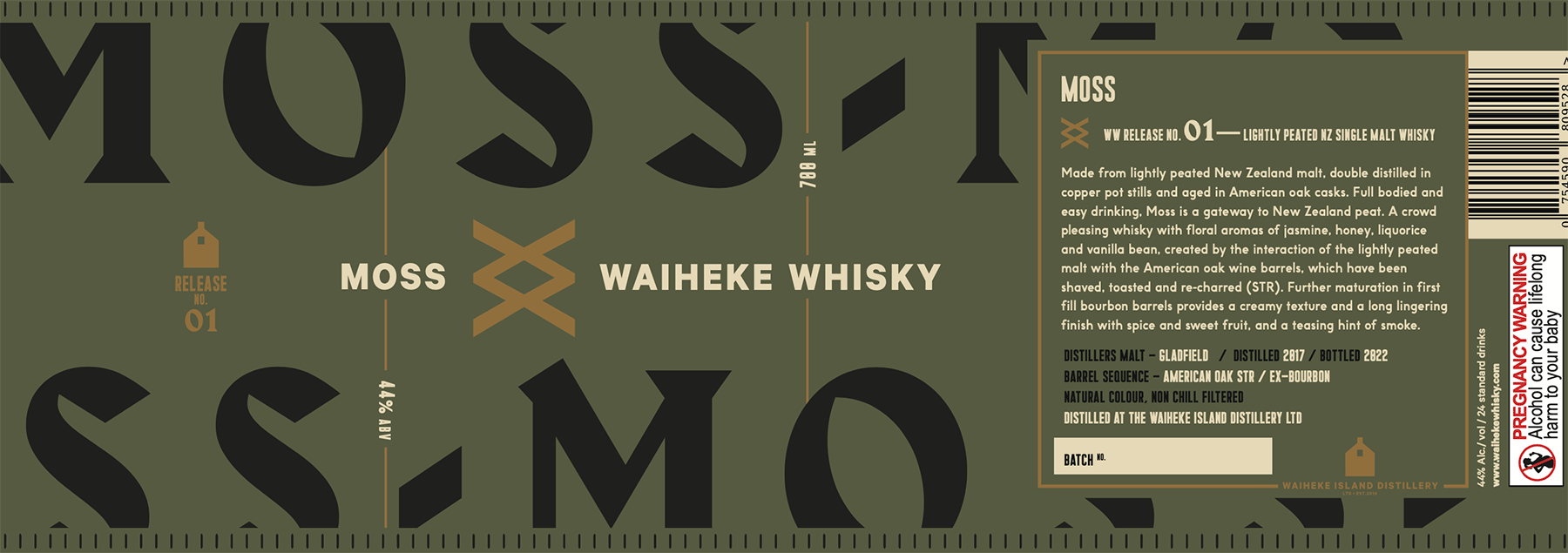
Our thoughts on labelling, transparency and batch production.
A large part of the language of whisky seems to be a combination of tradition and mystery. This weaves a picture of dark arts; secret methods and techniques that are known only to the manufacturer. How much this is true versus the myriad of variables that make whisky so heterogenous despite the 3 simple basic ingredients makes for a good story. The problem we face is that as new producer and new world whisky maker, we have little tradition of our own and few dark secrets. The areas we can innovate are in our production and resources, there seems little point in reproducing a facsimile of Scotch in NZ, importing Scottish barley and yeasts. Where we can shine is make a product of our "terroir" our land, a term from wine making that Mark Reynier popularised in the context of whisky.
This leads to fantastic whiskies that are different cousins, visiting from an exotic land, and are interesting in their own right because they use different products and techniques, within the boundaries of local regulations.
In our opinion, we think this should be celebrated by letting the consumer know what they are getting and how it's different.
So we decided to go down the integrity bottling route.
Things we thought important to us, we felt may also be to you as the consumer, for example:
- Where is the barley from and who made it
- What casks were used and in what order.
- Where are the casks from
- When was it made
- When was it bottled.
- Is there colour
- Is it chill filtered.

Instead of making age statements, which are benchmarked against Scotland, (see our post on "Our Angels Share”), we include date of manufacture and date of bottling, so you can work out how old the liquids if its important to you, as not to include age seems like deception, trying to pass off as something its not. Having said that, all our whisky is at least 5 years old.
Re adding colour, the whole point of whisky is integrity. It's made from these 3 simple ingredients, it’s put in the cask and look, this is what it turned out like. It's interesting because of the process, it's interesting because of the variation, it's also a bit more like wine, variable in its output. Wine is based on its year of production, ours is based on the BATCH number. This is a huge concept and one quite new to whisky. i.e a non uniform product,
Batch production is essentially small scale uniformity. This is a very different way to produce whisky and its the antithesis of a single product production distillery. We will vat a smaller number of barrels marrying the whisky to produce a batch , say 1000 bottles that will never be reproduced exactly the same. This could be seen as a problem, or an advantage.
Due to the very nature of craft distilling, the increased variables from outside distilling, fermentation, irregular temperature barrel stores, differences wood supply, often casks may vary. Picking, vatting and marrying casks leads to a uniform product but with a limited run. Take Moss for example, 4 casks in our initial batch, will produce approx 1000 bottles, all the same, but next batch may be slightly different.
This is contrast to our Special Circumstances single cask release, thats literally a single cask, 300 bottles max and once its gone, its gone. With Bog monster winning best in category of NZ and World Whisky at NZSA , it's one cask you won't want to miss.
